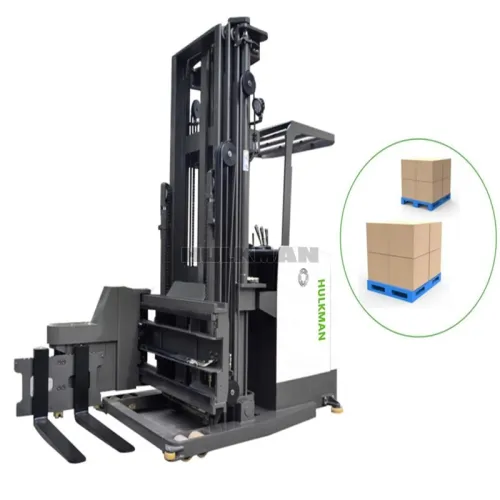As an important equipment in the field of modern logistics and warehousing, electric forklifts have the advantages of environmental protection, no emissions, and low noise compared to traditional internal combustion forklifts. However, there are also some pain points in the use and development of electric forklifts:
Battery life and endurance issues: The performance of electric forklifts depends largely on their batteries. The life and charging speed of the battery limit the operating efficiency of the forklift. In addition, the cost of battery replacement and maintenance is also relatively high.
Initial investment cost: Although the operating cost of electric forklifts is lower than that of internal combustion forklifts (mainly due to differences in fuel costs), their initial acquisition cost is generally higher.
Limitations of charging infrastructure: Specialized charging stations need to be established and maintained. For warehouses or factories that use a large number of forklifts, this may be a significant initial investment.
Adaptability and diversity issues: Electric forklifts may not perform as well as internal combustion forklifts in extreme weather conditions (especially extremely low temperatures). In addition, the adaptability of electric forklifts in handling overweight loads or in special working environments may also be a problem.

Technical and standardization issues: The technical standards of the Electric Stacker industry have not yet been fully unified, which may lead to compatibility issues, such as batteries and charging facilities of different brands may not be universal.
Analysts at Forklift.com said that despite these pain points, the development prospects of electric forklifts are still widely optimistic:
Environmental regulations and policy support: With the global emphasis on reducing carbon emissions and pollution, more and more countries and regions are implementing strict environmental regulations to encourage or force the use of electric forklifts.
Technological progress: The continuous progress of battery technology (especially lithium batteries) is gradually solving the problems of battery life and life. At the same time, innovations in charging technology (such as fast charging, battery swap stations, etc.) are also improving the efficiency of electric forklifts.
Reduction in operating costs: In the long run, the maintenance cost and energy cost of electric forklifts are lower than those of internal combustion forklifts, which makes electric forklifts competitive in terms of total life cycle cost.
Social responsibility and brand image: Using electric forklifts can help companies enhance their environmental image and meet the requirements of consumers and partners for sustainable development.
Overall, despite many challenges, the development prospects of electric AGVS are positive, driven by technological progress, policy support and market demand, and its market share is expected to continue to grow.




Comments
Please Join Us to post.
0